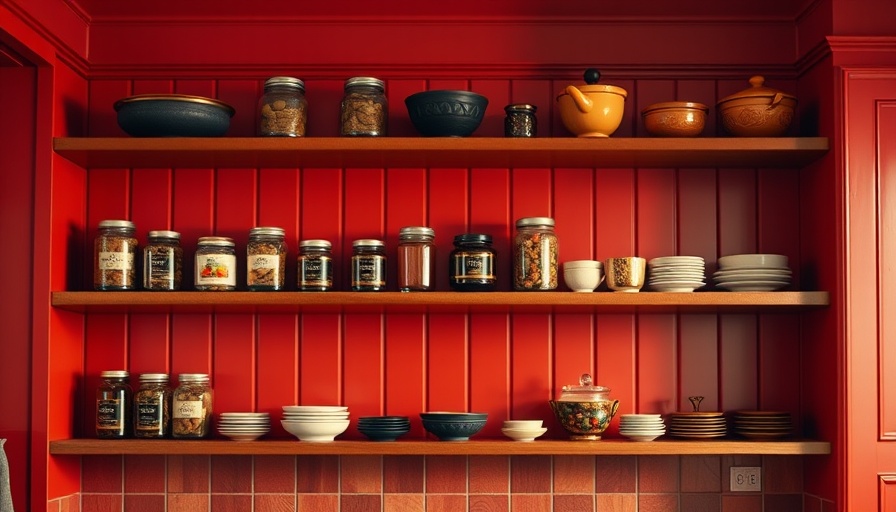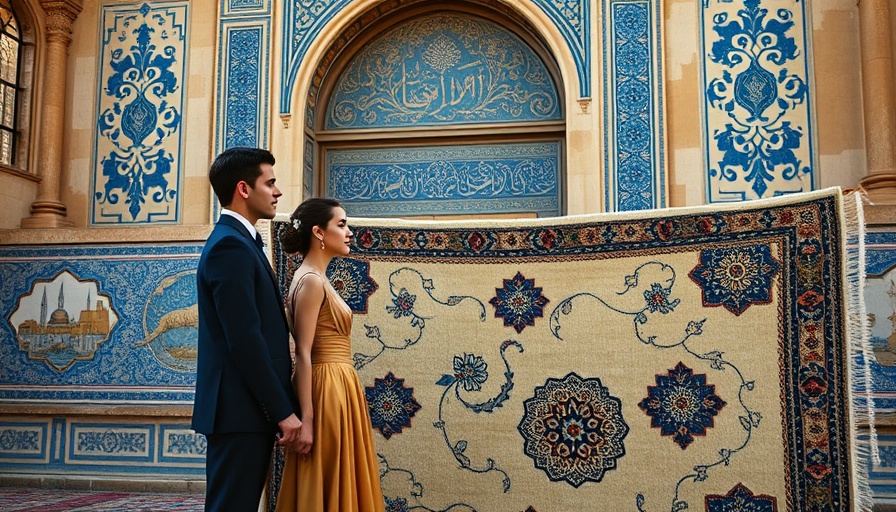
A Paragon of Design: Le Corbusier’s Lasting Influence
When it comes to modern architecture, few figures resonate as strongly as Le Corbusier. The Molitor Building, where his work is most poignantly displayed, serves as a canvas for his revolutionary approach to design, particularly through the recent restoration of an apartment that reflects his innovative spirit. Architects Léa Cottreel and Rosalie Robert of RREEL took on this significant project with a commitment to honor Le Corbusier’s vision.
Restoration Through History
The restoration of the Le Corbusier-designed apartment was no ordinary renovation; it was a labor of love steeped in meticulous research. The architects engaged in a comprehensive historical analysis of the original plans, an essential step for faithfully restoring a structure shaped by modernism. This process parallels the previous restoration of Le Corbusier’s own studio apartment, which also garnered attention when it was opened to the public in 2018. The love for preserving architectural heritage is a shared sentiment within the architectural community, as revealed by Niall Patrick Walsh's coverage on ArchDaily.
Breathe New Life into Timeless Spaces
For the couple from Slovakia, this apartment wasn’t just a place to stay; it was a piece of history they felt entrusted to revive. Restoring the lost elements of Le Corbusier’s design, stripped away during a 1970s remodeling, highlights a real-world application of sustainable living—preserving the past while embracing modernity. The thoughtful integration of contemporary materials alongside historical touches echoes current trends in architecture aiming for sustainability.
A Poetic Whisper Through Design
The architects have instilled a poetic dialogue within the apartment. They selected materials and colors that resonate with Le Corbusier’s original palettes—delicate pastels and bold hues that harmonize to create an inviting ambiance. This blend embodies the essence of sustainable living by using quality materials that promise longevity over time.
Moving Forward: Lessons from the Past
This restoration project illustrates the significance of preserving architectural history while accommodating contemporary needs. It encourages a shift in how we view our living spaces—enabling an appreciation that integrates our heritage with modern functionality. As individuals increasingly seek sustainable living solutions, projects like these inspire us to look both backwards and forwards.
 Add Row
Add Row  Add
Add 




Write A Comment